The reason for this diversity is the long history of the island that was inhabited by the indigenous Arawak people since 4000 BC. With the Spanish colonisation in 1499, the Arawak were in part killed, in part brought to the mainland for forced labour. In 1634, the island was conquered by the Dutch West India Company, and from then on - with the exception of brief French and English conquests - the island has been Dutch. From the 17th to the 19th centuries Curaçao acted as the sole centre for Caribbean slave trade: the slaves were transported from Africa to the island, and from there to South America or the Caribbean. With the abolition of slavery in Dutch territories in 1863, the island lost its economic significance.
It was only when oil and other raw materials were discovered in Venezuela in the 1920s that the economy of the island could recover again. However, Venezuela was too unstable and unsafe for oil to be processed there directly. For this reason, the Dutch mineral oil and natural gas company Shell decided to build an oil refinery – which is still one of the world’s biggest today – in the nearby and calm Willemstad, the only city and therefore the capital of Curaçao. The environmental effects of the refinery have long been an issue brought forward by different environmental organisations which would like to see the facility taken down.
From 1954 to 2010, Curaçao belonged to the Netherlands Antilles together with five other Dutch Caribbean islands: Aruba, Bonaire, Saba, Sint Eustatius and Saint Martin. After two referendums in 2005 and 2009, the overseas territory was in the end dissolved on 10 October 2010. In the process, Curaçao became a constituent country of the Kingdom of the Netherlands.
Today, the economy of the island is based on oil, the port and offshore banking. By far the biggest moneymaker, however, is tourism. Some 340,000 visitors are welcomed every year by the 150,000 inhabitants of the island. The tourists are attracted by the dreamy beaches and the water, as well as the climate. Thanks to its leeward location, Curaçao is seldom hit by hurricanes in comparison to the northern parts of the Antilles, and it has a much drier climate. The temperatures lie between 24 and 32 degrees throughout the year.
The island particularly pleases Dutch pensioners who spend the winter in the colourful colonial-era buildings of the capital Willemstad from December to April. Young people and nightlife enthusiasts favour the south-western quarter of Otrobanda where there are various bars right by the sea. As the coral reef lies very close to the coast and can be reached from the beach in just a few minutes, Curaçao is also used as a diving location by beginners. The culinary specialties are boiled leguan, and the Curacao liqueur which is made of grapefruit peels and which can be turned blue, red, green or yellow with the addition of colouring substance.
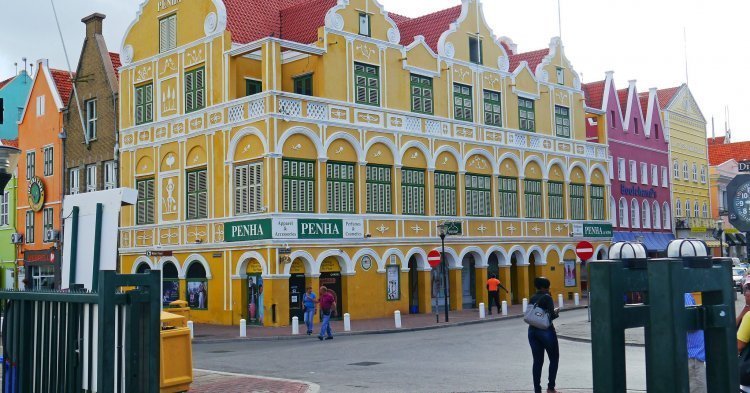
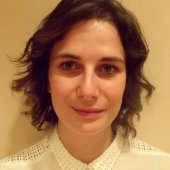
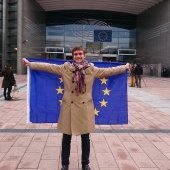
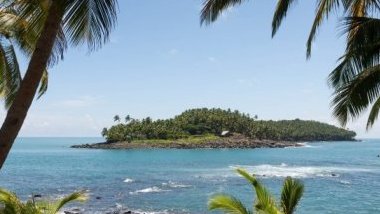
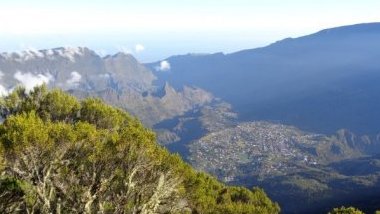
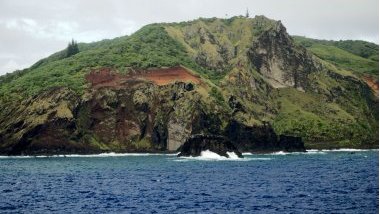
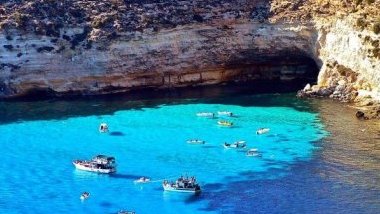
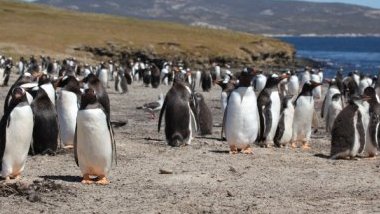
Follow the comments: |
|
